When Tim Parker announced his resignation as chairman of the National Trust last week, it was a first. Since it was founded in 1895, the Trust has endured many controversies, but until now the shared acceptance of its founding purposes has seen it through. The very first meeting proposed a body ‘for the holding of lands of natural beauty and sites and houses of historic interest to be preserved intact for the nation’s use and enjoyment’. The National Trust continued thus ever since, enforced by Acts of Parliament. This unity of purpose as a conservation organisation enabled it to become the owner of more than 600,000 acres of land and 200 historic houses, with nearly six million members — the greatest heritage organisation in the world.
Yet Mr Parker’s position proved vulnerable. In early April, a body called Restore Trust, which had been privately preparing since January, went public. As its name implies, it wants the Trust to return to its original principles. Restore Trust immediately attracted thousands of members, tens of thousands of pounds and lively contributions to its website in which members, volunteers and former staff reported, to coin a phrase, ‘lived experience’ about the dismaying changes taking place.
Restore Trust drew up resolutions for the Trust’s AGM in October. The first expressed no confidence in Mr Parker and called for his resignation. A few days after this appeared in the press, his departure was announced.
How did it come to this? Acute symptoms surfaced last year. The difficulties caused by Covid were genuine and great —shutting down NT properties, sacking staff, losing membership (it is now falling towards five million, despite 25 per cent discounts) and £227 million of budgeted revenue. The Trust’s ‘volume strategy’ of pursuing ever-higher membership numbers left it exposed. Yet the charity’s leadership chose this grim moment to join the culture war. In August, an internal paper attacked the very idea of country houses (‘the outdated mansion experience’) and their gardens. It called for the Trust to move from being ‘asset-led’ to ‘audience-led’, as if it were not the assets which attract the audience.
The Trust dismissed the leaked paper as a mere discussion document, but in fact such thinking was already embedded, and remains so. If you click on ‘Our cause’ on its official website, you will find a ‘climate change hazard map’ well before anything about the Trust’s properties. Its ‘Strategy for 2025’ proclaims ‘our renewed commitment to diversity and inclusion and playing our part to create a fair, equal society, free from discrimination’. No mention of the words ‘historic’, ‘houses’, ‘gardens’ or ‘works of art’.
In September came a published document — the interim report, ‘Addressing our histories of colonialism and historic slavery’. Announcing it, John Orna-Ornstein, the Trust’s ‘director of culture and engagement’, said ‘We’re not here to pass judgment on the past’; yet the report did just that. Indeed, it had done so without writing a sentence, by its prior decision to treat ‘colonialism’ (tendentious word) as being on a par with slavery. So Winston Churchill’s Chartwell or Rudyard Kipling’s Bateman’s was approached in the same way as houses built from slave profits. The report was heavily footnoted, but largely with references to highly ideological approaches by writers like Madge Dresser, Eric Williams and David Olusoga. It was sometimes inaccurate.
The main editors of the interim report were the Trust’s chief curator, Dr Sally-Anne Huxtable, and Corinne Fowler, a professor (of postcolonial literature, not history) at the University of Leicester. Professor Fowler is the author of Green, Unpleasant Land, a title suggesting active hostility to the aims and membership of the National Trust. If the land is unpleasant, why would the Trust wish to care for it or members want to visit it?
It may not be an accident that the Trust’s moving spirits in this — Dr Orna-Ornstein, Dr Huxtable and the curatorial and collections director, Tarnya Cooper, co-authors of the report’s introduction —previously worked in the publicly funded museums sector, which was ‘woke’ before the Trust. They have an agenda all right, but little experience of an organisation paid for by members, who have rights and interests which it is wrong to ignore.
I wondered at the time why, on such a contentious subject, the Trust felt it must issue an ‘interim’ report. Surely historical scholarship should not be rushed out unfinished during a plague? My anxiety was confirmed by the Trust’s well-intentioned director-general, Hilary McGrady, in a long interview with Jeremy Paxman. Focused on Covid cuts, she admitted, she had lacked the ‘bandwidth’ to deal with the slavery report but was ‘under massive pressure to get it out’. Why? From whom?
When the report hit controversy, Dr Huxtable tweeted: ‘For me, now is transformational time for the whole of society, and that includes the Trust.’ By ‘now’, she seemed to mean the murder of George Floyd in Minneapolis and the ensuing propaganda pile-on to British institutions by Black Lives Matter. Prefacing her own book, Professor Fowler is similarly frank. It is ‘purposely reparative’, she says: ‘This book lays aside any pretence that I am not involved.’ (Had she pretended otherwise before?) In her Paxman interview, the innocent Ms McGrady protested that to accuse the report of political motivations was ‘absolute nonsense’. I fear she does not know what has hit her.
At last year’s virtual AGM, Tim Parker made a similar error. Questioned by a member about BLM, he described it as ‘a human-rights movement with no party-political affiliation’. No one had said it was a party-political organisation. It is, nevertheless, wholly, violently political, and wholly unconnected with the care of Britain’s heritage. By letting it set the NT’s agenda, Mr Parker and colleagues abandoned their stewardship of the charity’s purposes.
I have said that the storm broke last summer; but there had been earlier rumbles. Back in 2018, the Trust engaged Professor Fowler for her project ‘Colonial Countryside: National Trust Houses reinterpreted’. This ‘child-led’ history takes 100 ten-year-olds round 11 National Trust properties chosen for colonial connections. The children are invited to write poems about them which are almost invariably hostile to the houses’ former owners. One victim is Lord Curzon at his house Kedleston Hall, though he was a great conservationist in India as well as Britain and one of the most generous benefactors the Trust has ever known. In a related scheme, commissioned adult writers can collect £1,200 (plus expenses) from the Arts Council if they visit the designated Trust properties and produce creative writing on anti-colonial themes.
This project continues and, as Professor Fowler’s book makes clear, extends in principle to all types of property owned by the National Trust — not only country houses, for which she has barely one good word, but also landscapes, moorlands, plants and gardens, all of them tainted by empire and racism. The Trust’s educational purpose is thus deliberately politicised. Next year has already been announced as its Challenging Histories Year. Will any historian be allowed to challenge Professor Fowler?
It is not possible to promote such attitudes without affecting how the Trust is run day to day. Restore Trust has received many stories from volunteers — the backbone of the National Trust — staff, farm tenants or donor families ill-treated by an unattractive and related combination of centralising bureaucracy and ideological zealotry (and often sheer ignorance). A famous case is that of Andrew Loukes, a highly popular and successful curator at Petworth, who was sacked first by Tarnya Cooper and then, when he appealed, by Sally-Anne Huxtable, who re-sacked him. He would not ‘attract new and different audiences’, he was told.
Local expertise is particularly frowned on. One of the Trust’s most unusual properties is the Levant mine in Cornwall, where the volunteers are passionately expert about the 1840s steam engine at the heart of the operation. Their work has been ‘paused’ and the management, they say, seems hostile to them. Apparently, someone has decided that Richard Trevithick, the great Cornish locomotive inventor, was racist.
A friend of mine, a long-standing volunteer, shows me the NT Volunteers Survey. It asks ‘how well we are doing at being for everyone’, and then demands to know whether she is ‘queer’, ‘pan-sexual’, ‘poly-sexual’ etc. Another tells me he gave up writing brief historical summaries of northern properties for NT websites because the commissioning staff no longer cared about accuracy but preferred right-on views and lurid stories.
According to the Trust’s website, Mr Parker, as chairman, is ‘the most senior of the Trust’s more than 50,000 volunteers, who give around five million hours of their time to the National Trust in a usual year’. They seem to have won little attention from their chief. One of Restore Trust’s AGM resolutions ‘deplores the recent treatment of the National Trust’s volunteers and calls on the Trust to deal with its volunteers in a thoughtful and respectful way’.
Throughout this period of contention, Mr Parker was not himself a leader of woke ideology. He was notable, rather, for his absence of leadership. He never publicly expounded his vision of the Trust but allowed the ideologues to accrue power, leaving conscientious, unsavvy staff like Ms McGrady exposed. It is clear from Merlin Waterson’s excellent centenary history of the Trust that its past chairmen were usually well hefted to the properties in their care. Some were themselves landowners and donors, connoisseurs of buildings and visual culture. Most were powers in the land, capable of calling on the active support of great figures like Beatrix Potter (who left thousands of Lake District acres to the Trust) or the historian G.M. Trevelyan, Clough Williams-Ellis, Kenneth (‘Civilisation’) Clark, John Betjeman, or of prime ministers (three of whom, in the 1920s, joined to give public support to a single National Trust cause). I doubt they had been head-hunted like standard executives: their hearts were in it.
The National Trust’s governance structure is such that the opinions of the membership are kept largely at bay. Throughout the current turmoil, those in charge have never admitted major errors. They seem to be in denial about the infiltration of the organisation for which they are responsible and see critics as mere trouble-makers. The likelihood, then, is that they will try to arrange for some Mr Parker lookalike to replace the first — some ex-executive or civil servant with plenty of experience of boards, but without the necessary devotion to the Trust’s purposes and deep understanding of its history.
The right person needs to be ruthless in rooting out the intellectual corruption that has set in, but also capable of healing. He or she can draw on the vast bank of goodwill which the Trust built up in better times. The Gospel supplies the right pastoral metaphor: ‘Behold, I send you forth as sheep in the midst of wolves: be ye therefore wise as serpents, and harmless as doves.’
Got something to add? Join the discussion and comment below.
Get 10 issues for just $10
Subscribe to The Spectator Australia today for the next 10 magazine issues, plus full online access, for just $10.
You might disagree with half of it, but you’ll enjoy reading all of it. Try your first month for free, then just $2 a week for the remainder of your first year.


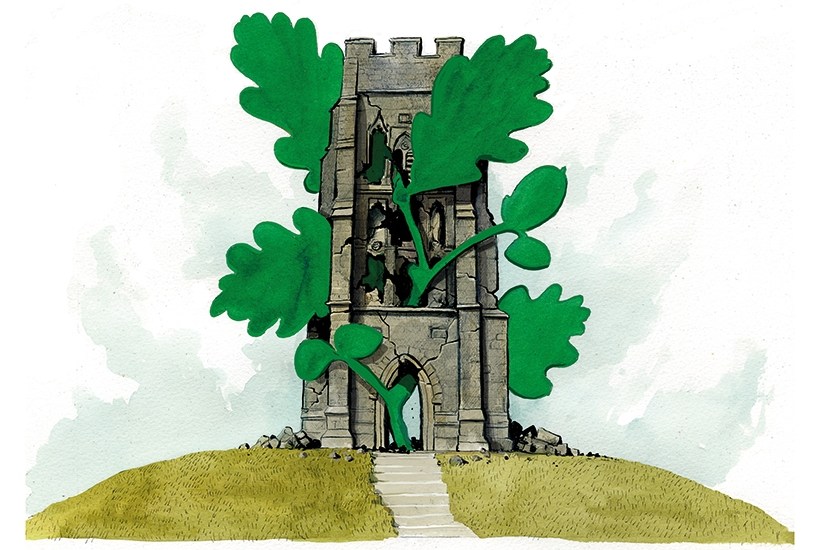

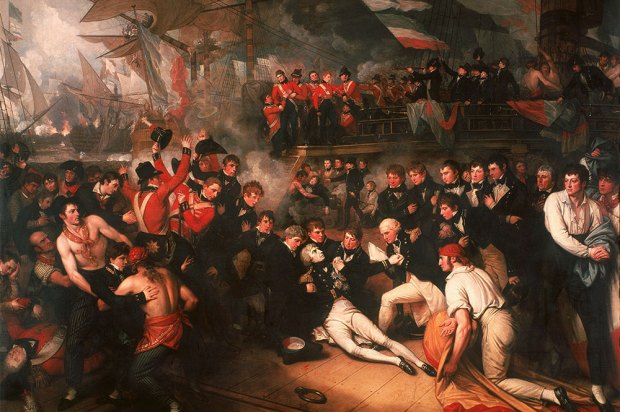

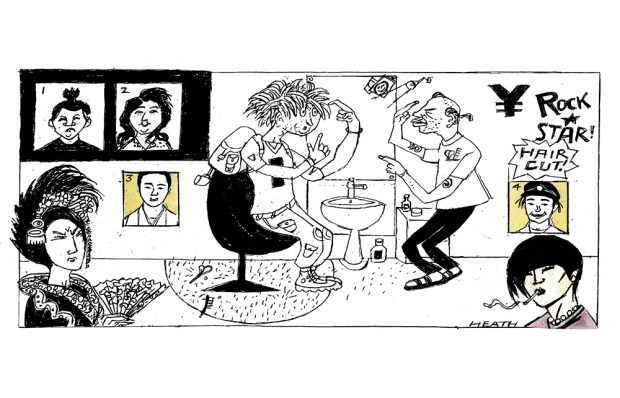
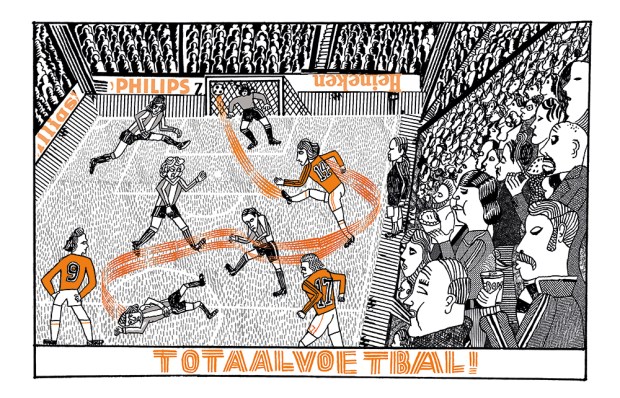
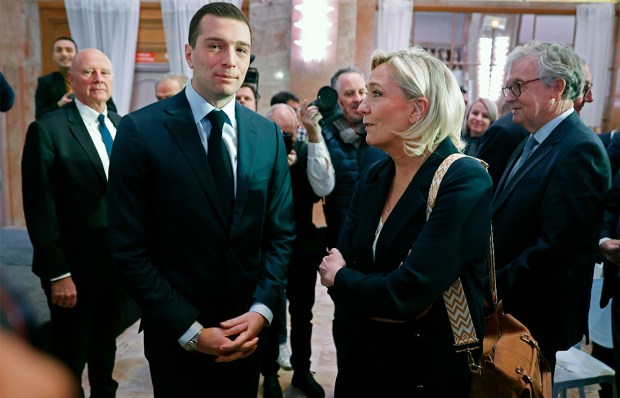






Comments
Don't miss out
Join the conversation with other Spectator Australia readers. Subscribe to leave a comment.
SUBSCRIBEAlready a subscriber? Log in